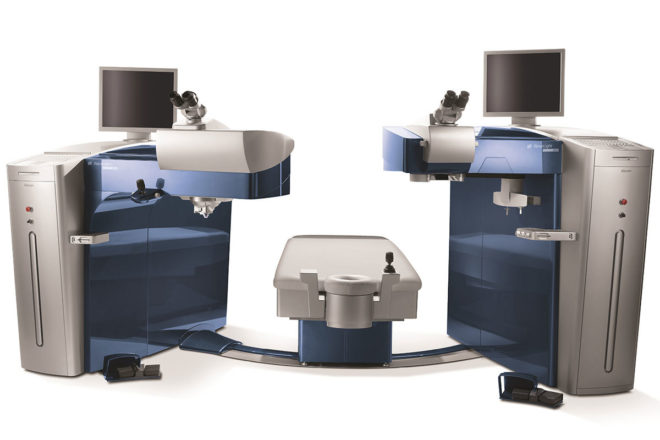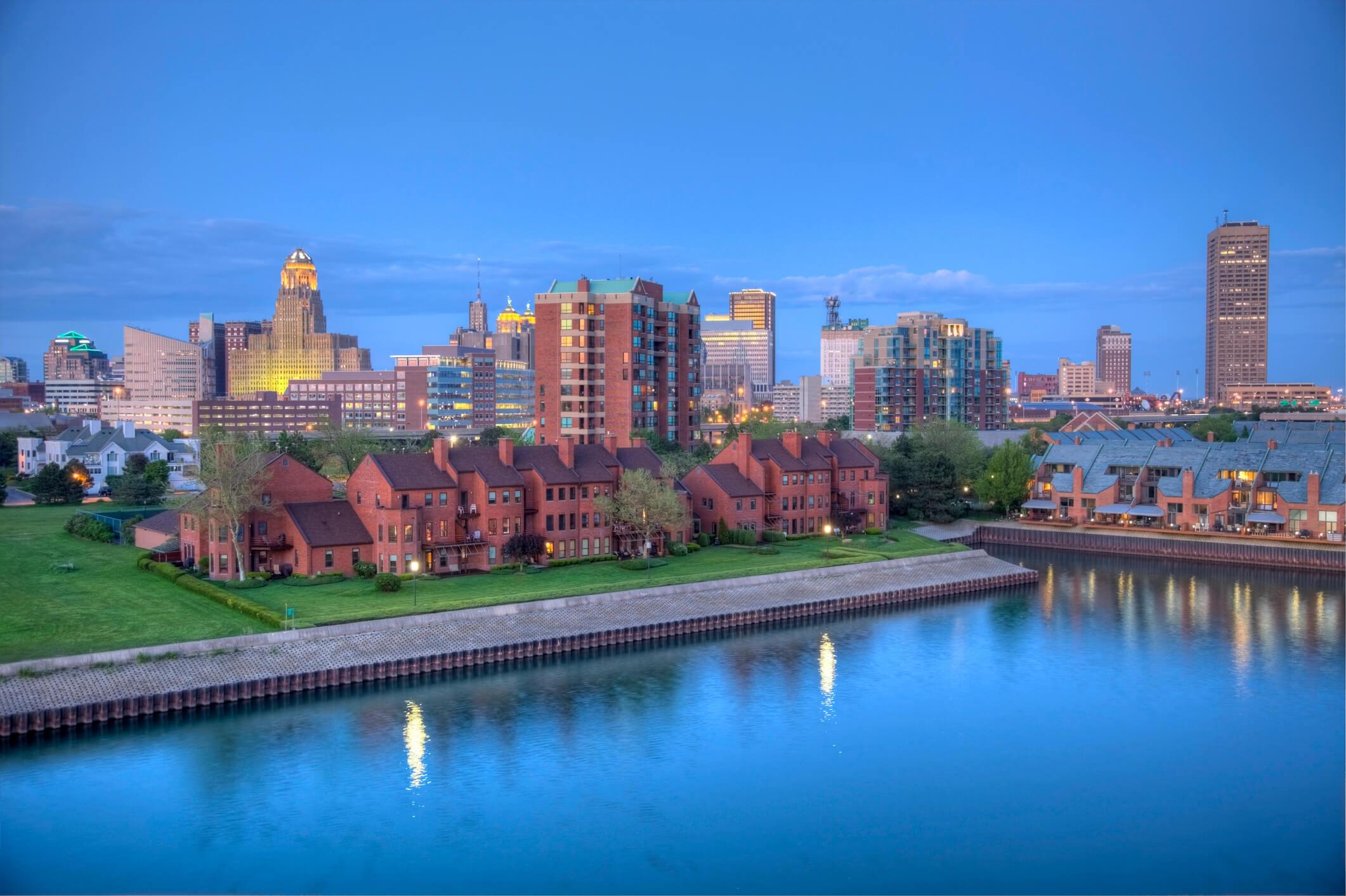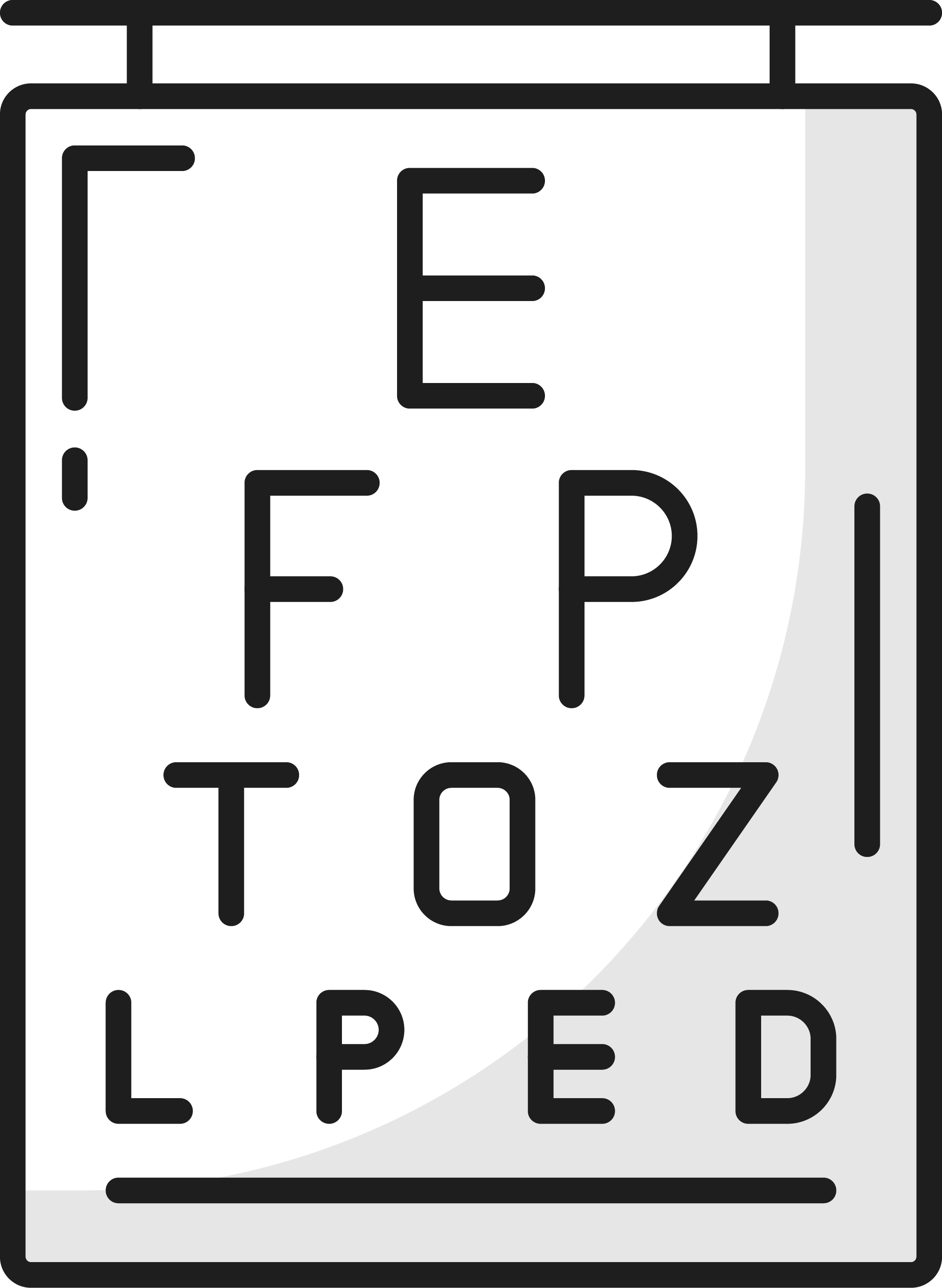PRK: A LASIK Alternative
PRK (photorefractive keratectomy) was actually the first type of vision correction procedure approved by the FDA in 1995 to reshape the cornea (even before LASIK). Since then, millions of PRK procedures have been performed to correct nearsightedness, farsightedness and astigmatism, helping most patients see more clearly without glasses or contacts. Patients who are not good candidates for LASIK due to thin corneas or other conditions may be good candidates for PRK and end up with clear vision like most LASIK patients.

How PRK Differs from LASIK
At the heart of the procedure, both LASIK and PRK involve the use of an excimer laser to remove
tiny amounts of corneal tissue to create a more ideal shape and correct a refractive error
(nearsightedness, farsightedness and astigmatism). This allows light to focus on the retina for
clear vision. How our doctors access this corneal tissue is where the two procedures differ:

LASIK
Your doctor creates a hinged corneal flap that is folded back for excimer laser treatment and then replaced on the cornea where it begins to heal immediately. There is a risk of flap complications with LASIK.

PRK
Your doctor removes a thin layer of tissue on the cornea (the epithelium). After the excimer laser treatment is complete, the epithelium needs time to grow back, which typically takes 5 or more days.

General PRK Requirements
What to Expect on PRK Surgery Day
Like LASIK, PRK is an outpatient procedure. Please expect to be at our office for 1-2 hours even though your time in our surgical suite will only take about 15 minutes. This extra time is necessary to have you complete last-minute paperwork and rest before and after the procedure.
Relaxation medication can also be administered if you are feeling especially anxious before the procedure.

Here is what you can expect during the PRK process:

4 steps of the PRK procedure

The Wavelight® EX500 excimer laser is used to reshape the cornea by removing small amounts of corneal tissue according to your unique refractive error. This step takes just minutes to accomplish. Eye tracking technology will detect the slightest eye movement and stop the laser until the eye is in perfect position again.

A contact lens is temporarily placed on the cornea to protect the eye as the epithelial cells regenerate.

You will then rest in our post-op suite and your doctor will perform one final check of your eyes.

When your doctor gives the ok, you will be free to have a friend drive you home so you can rest.
PRK Surgery
PRK recovery takes longer than LASIK because the epithelial cells need time to regenerate. This process may take about 5 days. After that time the temporary contact lens can be removed by your doctor. Your final vision results may take a couple of weeks or months as your vision stabilizes.
Some patients experience temporary eye discomfort after PRK surgery including:
- Mild pain
- Itching or burning
- Hazy vision
- Watering
- Light sensitivity
- Dry eyes
It is important to avoid rubbing your eyes while your corneal flap heals to avoid infection or other complications. Discuss any of these conditions at your post-op appointment and contact your doctor if they continue.

Common Questions About PRK
Prior to the PRK procedure, your doctor applies numbing eye drops to block the feeling of pain. While every person has their own unique threshold for discomfort, most patients do not report that the process is painful. The PRK recovery process may bring you temporary discomfort as the epithelial cells regenerate on your eye. These discomforts can include pain, throbbing, a foreign substance feeling, etc. This can be managed with pain medications outlined by your doctor.
The full PRK procedure takes about 15 minutes, from the time you enter our surgical suite until you go into the recovery area. The excimer laser treatment where we reshape your cornea takes just a few minutes!
Although considered a relatively safe medical procedure, PRK carries some element of risk.
Complications of PRK can include:
- Starbursts, glare or halos in low light environments
- Sensitivity to bright light
- Overcorrection or undercorrection
- Infection
- Pain
- Double vision
- Clouded vision
P
Because your eyes need time to recover an intact outer layer on the cornea, expect to take a few days off from work to recover from PRK in Buffalo, NY. Your best vision results will probably take longer to achieve, but most patients are able to return to non-strenuous activities after 1-2 weeks. It is important to keep your follow-up visits so your doctor can monitor your progress.
Your vision is constantly changing. While PRK is performed to correct a refractive error, other
vision conditions can develop that may require you to need glasses in the future. Most people
over age 40 develop a condition called presbyopia. This is a gradual stiffening of the eye lenses that makes it difficult to focus on things up close like reading material. Even if you had a successful PRK procedure, you may need over-the-counter reading glasses as you grow older. There are also different surgical methods to correct presbyopia. If you are experiencing this condition and are frustrated with reading glasses, contact us to learn about your treatment options.
It is not likely that the cost of PRK will go down in the future. In fact, as technology changes the costs may actually rise over time. While the price of PRK is a definite concern for many people, you don’t want to shop for the lowest price if it means sacrificing quality. When you are researching PRK centers, be sure to weigh the cost against:
- The surgeon’s training, experience and results
- The type of technology being used
- Whether or not a low advertised price will apply to your vision prescription
- Additional hidden fees that will apply
- Inclusion or exclusion of enhancement surgeries and follow-up care
You only have one set of eyes, so make sure you put your vision care into a doctor and center you trust – a center like Atwal Eye Care.
Prior to the PRK procedure, your doctor applies numbing eye drops to block the feeling of pain. While every person has their own unique threshold for discomfort, most patients do not report that the process is painful. The PRK recovery process may bring you temporary discomfort as the epithelial cells regenerate on your eye. These discomforts can include pain, throbbing, a foreign substance feeling, etc. This can be managed with pain medications outlined by your doctor.
Yes. You can choose to have the surgery on both eyes or just one eye at a time.
Patients should wait at least 2 weeks before wearing makeup. We recommend that patients
purchase new eye makeup to avoid infection.




